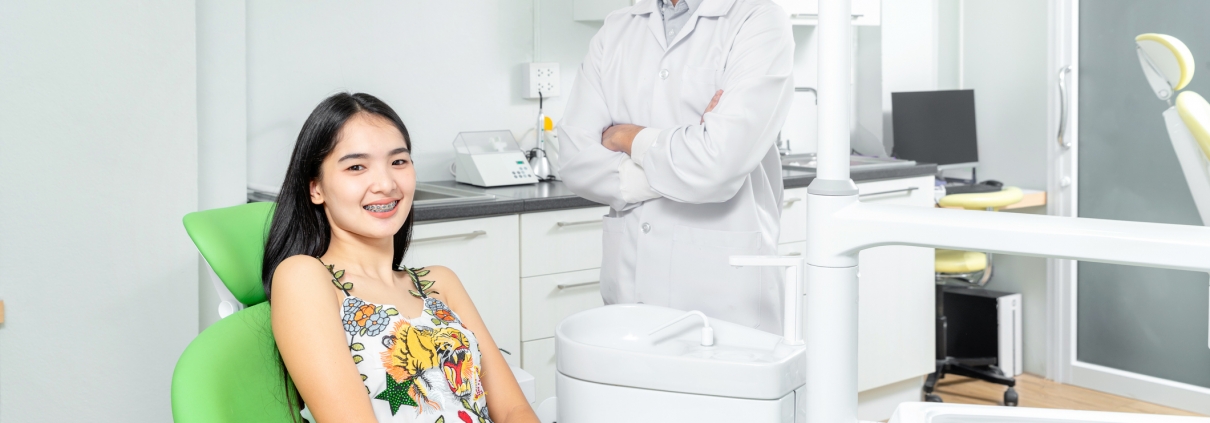Crooked Teeth and Treatment Options
A confident smile is a powerful asset, and the alignment of our teeth plays a crucial role in achieving that radiant grin. Crooked teeth, a common dental concern, can impact not only the aesthetics of our smile but also our oral health. In this article, we’ll explore the causes of crooked teeth, potential complications, and various treatment options available to help individuals achieve the straight and healthy smiles they desire.
Causes of Crooked Teeth
a. Genetics:
The most significant factor in tooth alignment is often genetic. If parents or close family members have had crooked teeth, there is a higher likelihood of inheriting the trait.
b. Thumb-Sucking and Pacifier Use:
Prolonged thumb-sucking or pacifier use in childhood can affect the development of the teeth, leading to misalignment.
c. Early Tooth Loss:
Losing baby teeth prematurely can impact the alignment of permanent teeth as they emerge.
d. Jaw Size and Shape:
Discrepancies in jaw size or shape can contribute to overcrowding or spacing issues, leading to crooked teeth.
e. Poor Oral Habits:
Habits like tongue thrusting, mouth breathing, or incorrect swallowing patterns can exert pressure on the teeth, causing them to shift.
Complications Associated with Crooked Teeth
a. Difficulty Cleaning Teeth:
Crooked teeth can create tight spaces that are challenging to clean, increasing the risk of plaque buildup, cavities, and gum disease.
b. Speech Impairments:
Misaligned teeth may affect speech patterns, leading to difficulties in pronunciation.
c. Temporomandibular Joint (TMJ) Issues:
Poor tooth alignment can contribute to jaw joint problems, resulting in pain, headaches, and difficulties in jaw movement.
d. Reduced Self-Esteem:
Aesthetic concerns related to crooked teeth may impact an individual’s self-confidence and willingness to smile openly.
Treatment Options for Crooked Teeth
a. Traditional Braces:
Traditional braces, consisting of brackets and wires, are effective in gradually aligning teeth. They are especially suitable for complex cases of misalignment.
b. Invisalign:
Invisalign uses clear aligner trays to gradually shift teeth into the desired position. This option is often preferred for its discreet appearance and ease of maintenance.
c. Retainers:
Retainers may be used after braces or Invisalign treatment to maintain the newly achieved alignment and prevent teeth from shifting back.
d. Dental Veneers:
In cases of mild misalignment, dental veneers can be used to improve the appearance of crooked teeth. Veneers are thin shells of porcelain that are bonded to the front of the teeth.
e. Tooth Extraction and Orthodontic Treatment:
In some cases, tooth extraction may be necessary to create space for proper alignment through orthodontic treatment.
The Importance of Early Intervention
Recognizing and addressing alignment issues in childhood can often lead to more effective and less invasive treatment. Early orthodontic evaluations allow for timely intervention, potentially reducing the need for extensive treatments later on.
Maintaining Results
Regardless of the chosen treatment, following through with post-treatment recommendations, such as wearing retainers and attending regular dental check-ups, is crucial to maintaining the results and preventing relapse.

